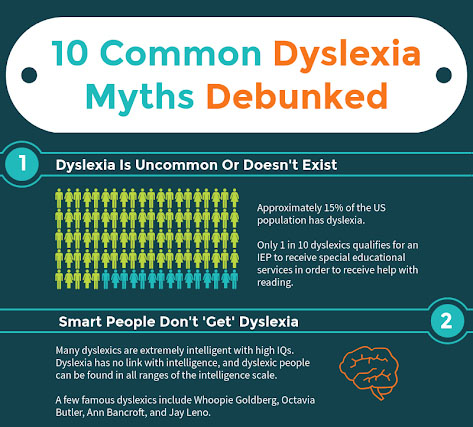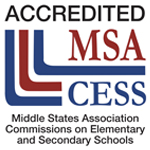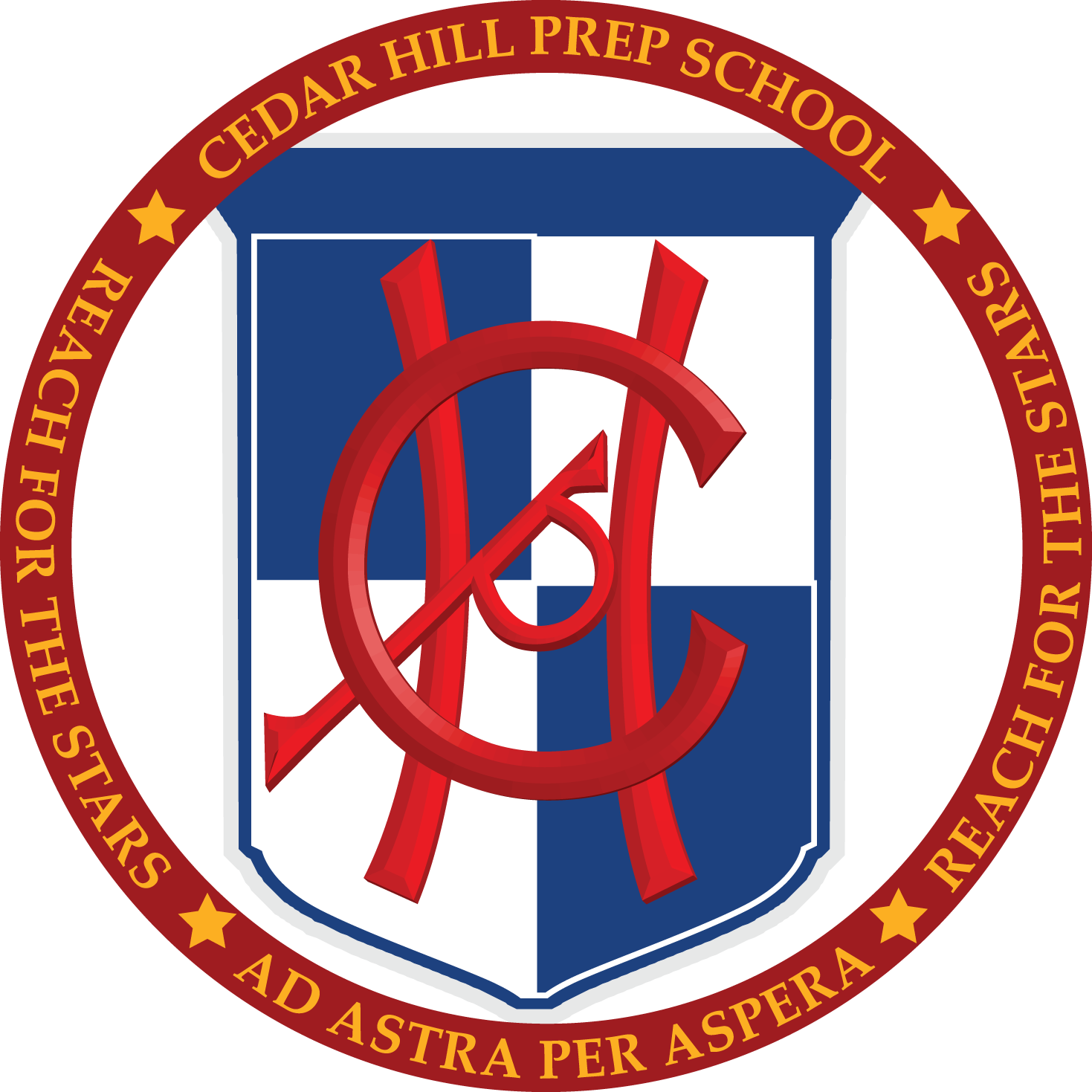
According to the National Institute of Health, about four million children in the United States have some learning disabilities. Nearly 2.9 million of those are classified as having a specific learning disability, such as dyslexia, dyspraxia, dyscalculia, and dysgraphia.
But hardly anyone ever talks about the struggle, the feeling of helplessness and frustration in the beginning, the difficult road to seek out the right professionals and find the right school, and the pride we feel when our children thrive by simply learning differently. Unless you are part of “this secret club,” dyslexia and learning disabilities in general have become a taboo subject!
Why is that? For one, more often than not, parents won’t research dyslexia unless they or their children have been screened for a learning disability or have been diagnosed. Secondly, because few people really know the facts about it, there are a lot of misconceptions and myths going around.
Today, we tackle the most common ones — and how to debunk them once and for all:






